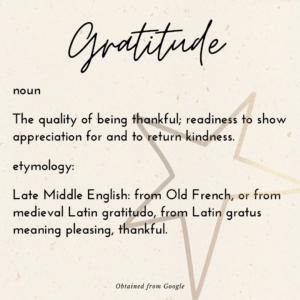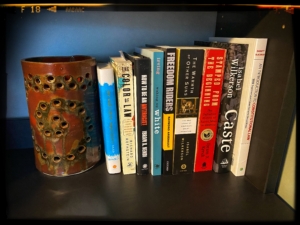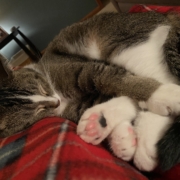Floor Furnace
In the fall of 2009, I was in the middle of a divorce. My 4.5-year marriage had been failing for longer than it had worked. It became apparent to me that this relationship wasn’t what I needed. A friend of mine owned a small rental house that was empty. She lent me the key so I could have a place to go to get away from my soon-to-be-ex-husband and the house we owned while the legal system caught up with what my heart already knew – that the relationship was over.

This is very much like the floor furnace I describe in my blog. Unfortunately, I do not have a photo of that actual floor furnace to share. (image obtained from Pinterest)
This rental house, a small 2-bedroom, 1-bath bungalow, had a floor furnace in the dining room that heated the house. That floor furnace would become my touchstone over the next year.
It is where I sat when I called my mom and told her I was divorcing my husband.
It is where, wrapped in a blanket, I sat and cried about the loss of the life I had known and tried to figure out what I wanted to do next.
It is where I stood each winter morning in my robe to warm myself after I moved into the bungalow and finalized my divorce.
It is where I conducted many hours of conversations with my very patient girlfriends as they helped me navigate the emotional labor of ending a marriage and moving forward with my life.
Its creaks and clicks became the soundtrack of my life while I surveyed the world and planned my next steps as a single woman.
Like a light bulb to a new-born chick, it provided me with physical warmth during an emotionally trying and cold period in my life.
In January 2011, I left the floor furnace and moved out of that bungalow, headed on a northern migration. I had that furnace for just one year, but that was all I needed. I had developed a plan forward and it was time to move on, much like the chick that outgrows its need for warmth from the light bulb.
There are times when we will realize the smallest thing did so much for us – a moment of understanding silence, a book that touched us deeply, a hot cup of tea at just the right time. These are the simple things that make the hard times in life bearable. While things and moments are fleeting, their impact on us lasts a lifetime.


 © Catherine Haslag
© Catherine Haslag A gratitude practice became a part of my life a handful of years ago. At the time I started this practice all I could see was everything that was “wrong” in the world. I was wasting so much energy on what didn’t appear to be “right” and was looking for a way to shift that energy into something productive. Someone suggested that I cultivate a gratitude practice to shift my attitude and view of life. They challenged me to see the flowers on the wallpaper rather than focus on the cracks in the plaster.
A gratitude practice became a part of my life a handful of years ago. At the time I started this practice all I could see was everything that was “wrong” in the world. I was wasting so much energy on what didn’t appear to be “right” and was looking for a way to shift that energy into something productive. Someone suggested that I cultivate a gratitude practice to shift my attitude and view of life. They challenged me to see the flowers on the wallpaper rather than focus on the cracks in the plaster. About halfway through lockdown in 2020, I decided to add something else tangible to my gratitude practice, so I brought the gold star back into my life. This was a simple, visible, and slightly quirky way for me to show gratitude to myself and those around me. It was also a way to spread a little childhood joy in the grind of adulthood.
About halfway through lockdown in 2020, I decided to add something else tangible to my gratitude practice, so I brought the gold star back into my life. This was a simple, visible, and slightly quirky way for me to show gratitude to myself and those around me. It was also a way to spread a little childhood joy in the grind of adulthood. © Catherine Haslag
© Catherine Haslag
 © Catherine Haslag
© Catherine Haslag © Catherine Haslag
© Catherine Haslag
 © Catherine Haslag
© Catherine Haslag

 It took some time, but she started to venture out. She didn’t run when I walked past her or bent to scratch behind her ears. She snuggled at my feet in the evening when I read and slept between my legs at night. She found the squirrels that live in the tree on my patio and tracked the birds that perch in the front bush. She climbed to the top of her cat tree and watched the cars pass on the street. She made this her home and picked me as her human. She became a different feline. My boyfriend was amazed at the change in Piney and decided she had picked her forever home. She stayed with me.
It took some time, but she started to venture out. She didn’t run when I walked past her or bent to scratch behind her ears. She snuggled at my feet in the evening when I read and slept between my legs at night. She found the squirrels that live in the tree on my patio and tracked the birds that perch in the front bush. She climbed to the top of her cat tree and watched the cars pass on the street. She made this her home and picked me as her human. She became a different feline. My boyfriend was amazed at the change in Piney and decided she had picked her forever home. She stayed with me.



 © Catherine Haslag
© Catherine Haslag
 © Catherine Haslag
© Catherine Haslag